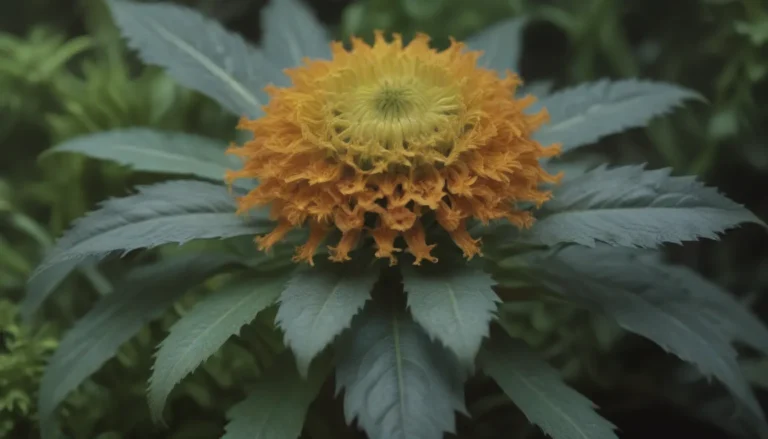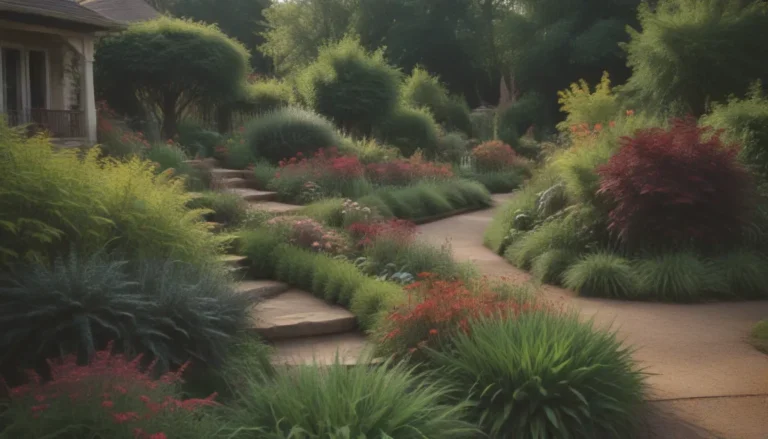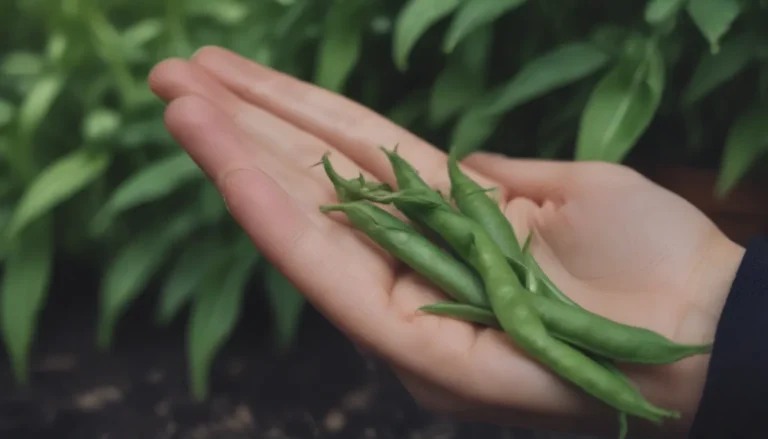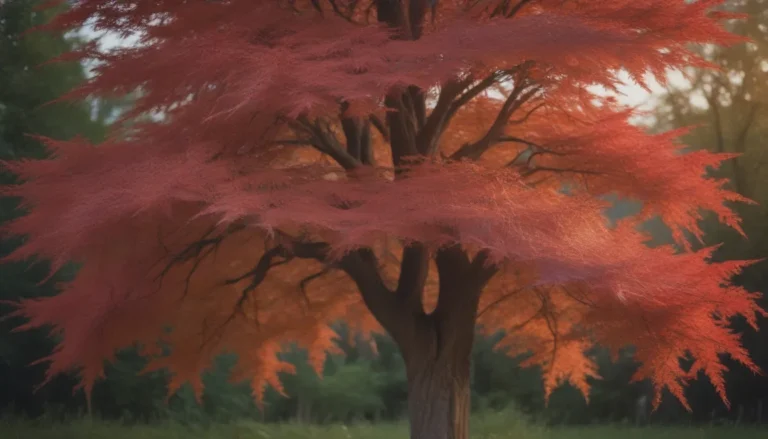Unraveling the Mystery of Shrubs: What Sets Them Apart from Bushes, Trees, and More

In the world of plants, there are various terms like shrubs, bushes, and trees that are often used interchangeably. But did you know that these terms actually refer to different characteristics of the plant? Yes, that’s right! While trees, shrubs, and bushes may all have woody stems and green leaves, there are key differences that set them apart from each other. So, let’s dive into the fascinating world of shrubs and explore what makes them unique.
Understanding Shrubs: A Closer Look
So, what exactly is a shrub? Shrubs are defined as woody plants with several perennial stems that can be either erect or lie close to the ground. They usually have a height of less than 10 feet and stems no more than about three inches in diameter. In simple terms, a shrub is a smaller version of a tree with a rounded shape.
According to renowned British garden designer David Domoney, a shrub is a woody plant that is smaller than a tree and generally has a rounded shape. Merriam-Webster defines a shrub as “a low, usually several-stemmed woody plant” and “a woody plant that has several stems and is smaller than most trees.”
In the United States, you can find a variety of shrubs, including witch hazel, forsythia, lilacs, rose of Sharon, and oakleaf hydrangea. These flowering shrubs not only add beauty to your landscape but also serve as pillars of landscape design.
Shrubs vs. Bushes: Decoding the Difference
While shrub and bush are often used interchangeably, there is a subtle distinction between the two. A bush refers to the way a shrub or plant grows, while a shrub is a specific type of plant. In other words, a shrub is a woody plant with several stems, and it becomes a bush when it grows densely and closer to the ground.
Think of a shrub as the scientific classification of a plant, while a bush is a general description of how it grows. So, the next time you’re admiring your garden, you’ll know the difference between a shrub and a bush!
Shrubs vs. Trees: Spotting the Variances
Trees and shrubs are both woody plants, but they differ in several ways. While we often think of shrubs as being smaller than trees, there are more differences to consider. Trees have a single trunk that grows upwards, while shrubs have several stems growing from ground level.
There is a scientific classification difference between trees and shrubs. But in practical terms, the debate over whether something is a tree or a shrub is more of a linguistic and aesthetic issue that affects landscaping decisions. Some trees, like hemlock and hawthorn, are sometimes grown as shrubs in urban environments.
How to Distinguish Shrubs, Bushes, and Trees
Once you identify that a plant has woody growth, you can determine whether it is a tree, a shrub, or a bush. Here are four ways to make that determination:
Growth Habit
The growth habit and size are key factors in distinguishing between shrubs, bushes, and trees. Shrubs usually have a mature height ranging from one and a half to 10 feet, with bushes growing close to the ground in a dense shape.
Shape
Trees typically have one erect perennial stem (trunk) with a defined crown of foliage, while shrubs have several main stems growing from ground level.
Bark
Shrubs, trees, and bushes all have hard, woody bark, but the scale of the bark matches the plant’s size.
Leaves
The leaves of a shrub or bush are smaller and denser, while a tree’s leaves tend to have an airier feel.
Unveiling the Herbal Shrub: A Unique Twist
Ever heard of an herbal shrub? It’s an herb that grows in a shrub-like pattern. Examples include rosemary and lavender, which develop woody stems and can grow several feet tall. These herbal shrubs, also known as evergreen shrubs, add a touch of greenery to your garden.
Notable Exceptions: Where Things Get Interesting
While the general definitions help distinguish between trees and shrubs, there are exceptions to the rule. Some trees like river birch and Japanese maple may have multiple trunks, blurring the line between tree and shrub. On the other hand, some shrubs can be trained to resemble small trees by focusing on one main shoot as the trunk. Plants like hazelnuts can be grown as either a shrub or a tree, with some even becoming a “trub” when they can’t decide between being a tree or a shrub.
In conclusion, understanding the differences between shrubs, bushes, and trees can help you make informed decisions when planning your landscape. Whether you’re a seasoned gardener or a novice plant enthusiast, knowing these distinctions adds depth to your gardening knowledge. Next time you stroll through a botanical garden or admire a lush garden, you’ll have a newfound appreciation for these versatile plants. Happy planting!





